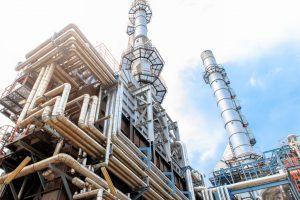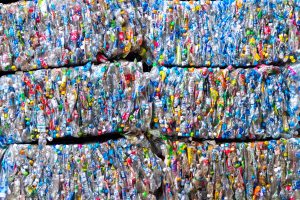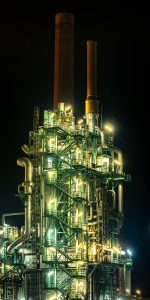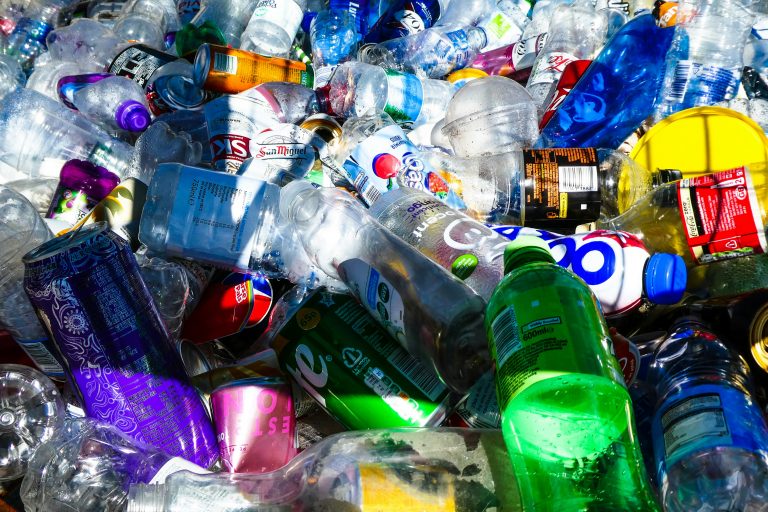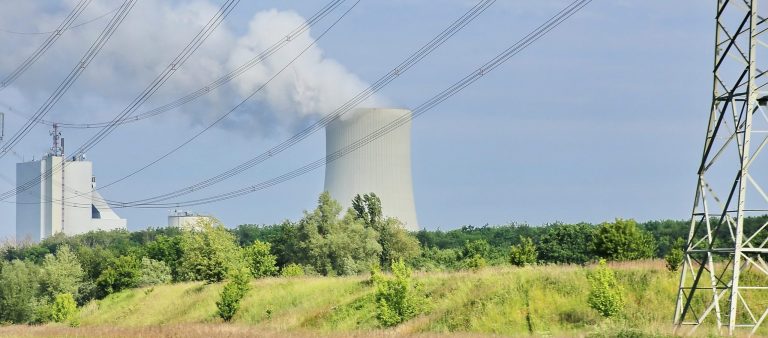Coming Soon | Achieving net-zero U.S. ammonia: Technology and policy options and their emissions, investment, and cost tradeoffs
Banafsheh Jabarivelisdeh, Enze Jin, Phillip Christopher, and Eric Masanet This article is under review. Ammonia production is responsible for around 35% of the CO2 emissions associated with the...
